The release of Avatar Chat for Magic Leap One and Spatial for HoloLens during the fourth quarter of 2018 appeared to revolutionize video calling via augmented reality.
But a new startup called Mimesys, which is showing off its software at CES this week in Las Vegas, has upped the ante with a hardware and software solution for real-time holographic video calls that will be available to enterprise businesses in 2019.
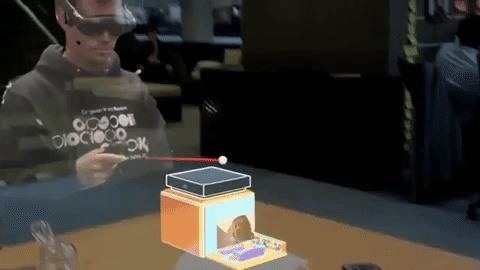
The technology, which debuted at the Orange Show Hello event last month, is made possible by Intel RealSense depth cameras, Magic Leap One headsets, and high bandwidth, low latency network connectivity.
Instead of representing users with avatars, the RealSense cameras and Intel-powered laptops capture participants on video and transmit the footage in real time for display via the spatial computing capabilities of the Magic Leap One. Participants can also interact with 3D content simultaneously, with their interactions combined with their holographic video.

"We aim to do nothing less than to change the way people communicate and work together remotely," said Davy Loots, CTO of Mimesys, in a statement. "Using the capabilities of new devices like the Intel RealSense Depth Cameras D415, laptops equipped with 8th Gen Intel Core and Magic Leap One augmented reality headsets, we can bring the human element to a remote interaction like never before. We achieve this by capturing and displaying people as true, three-dimensional holograms of themselves."
The futuristic experience stands as another proof point behind the need to upgrade mobile networks to 5G connectivity, which would provide the high bandwidth and low latency needed to enable real-time AR communications reminiscent of Star Wars holograms.

The ability to capture this kind of volumetric video is typically done via dozens of cameras in dedicated studios such as Microsoft's Mixed Reality Capture Studios. Therefore, the Mimesys represents a significantly more convenient workaround for low quality, communications-oriented volumetric captures.
"Intel RealSense technology is used to build products that enrich people's lives through devices and machines that perceive the world in 3D," said Sagi BenMoshe, vice president and general manager of the Intel RealSense Group. "We are excited to see Mimesys use RealSens technology to push volumetric video into real-time applications."
But AR communications that mimic the look of cinematic holograms isn't just the realization of science fiction canon. The technology also makes realistic remote collaboration more possible for enterprise businesses. This is a particularly powerful use case in a world where broadly distributed workforces, often resulting from corporate consolidation and globalization, are more and more common, and constant travel to meet in person becomes cost-prohibitive.
"As the world is moving towards more flexible ways of working, we still don't achieve the same engagement in human exchanges than we do in face-to-face sessions," said Rémi Rousseau, Mimesys CEO. "Holographic communication will be a much needed milestone in reducing the need for expensive and environmentally harmful business travels."
Just updated your iPhone? You'll find new emoji, enhanced security, podcast transcripts, Apple Cash virtual numbers, and other useful features. There are even new additions hidden within Safari. Find out what's new and changed on your iPhone with the iOS 17.4 update.
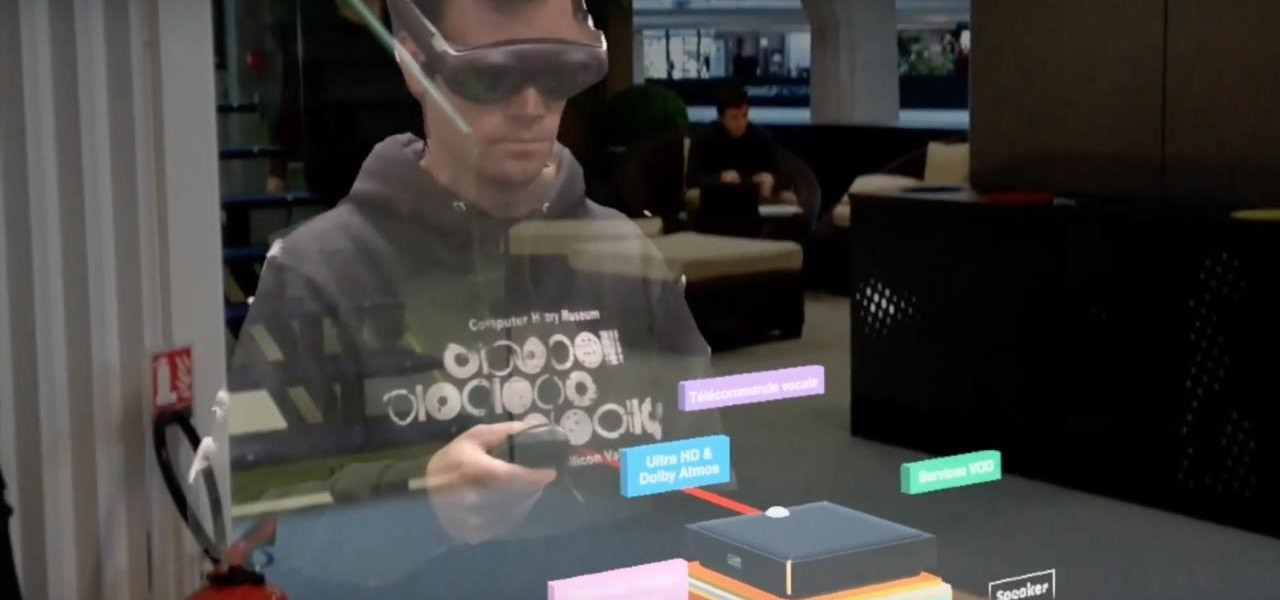


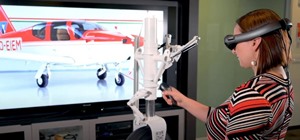
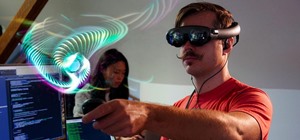






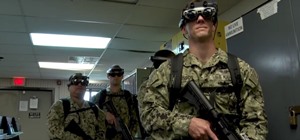




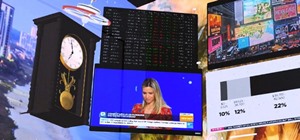



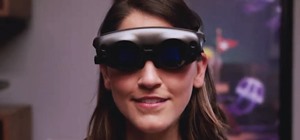

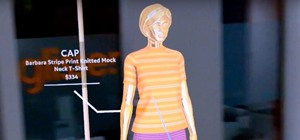
Be the First to Comment
Share Your Thoughts